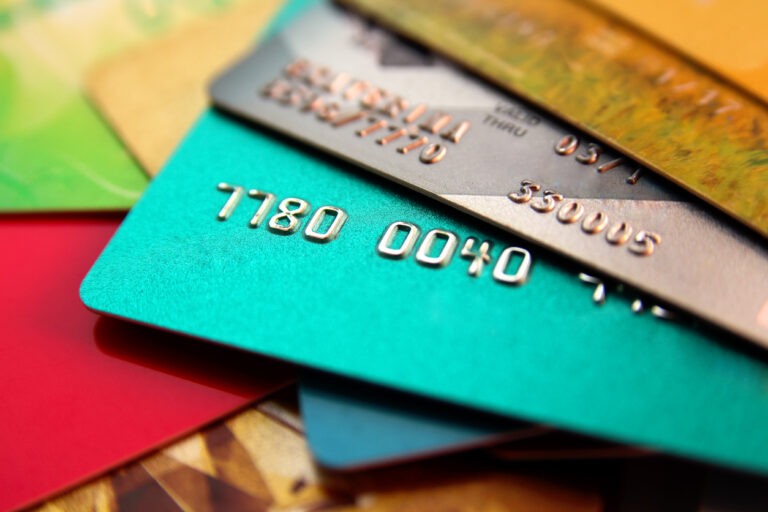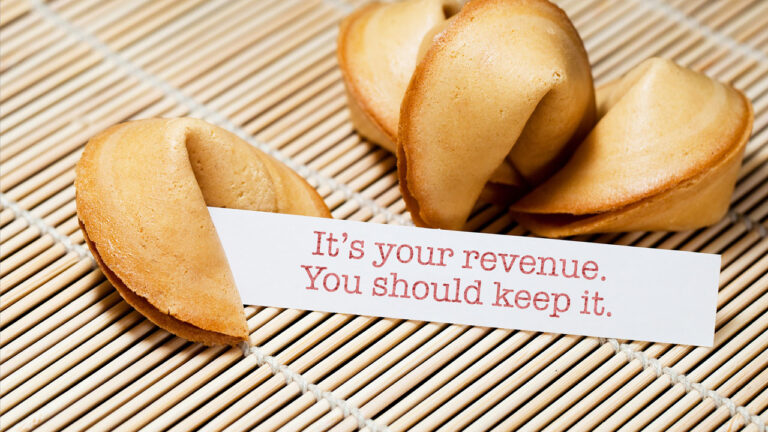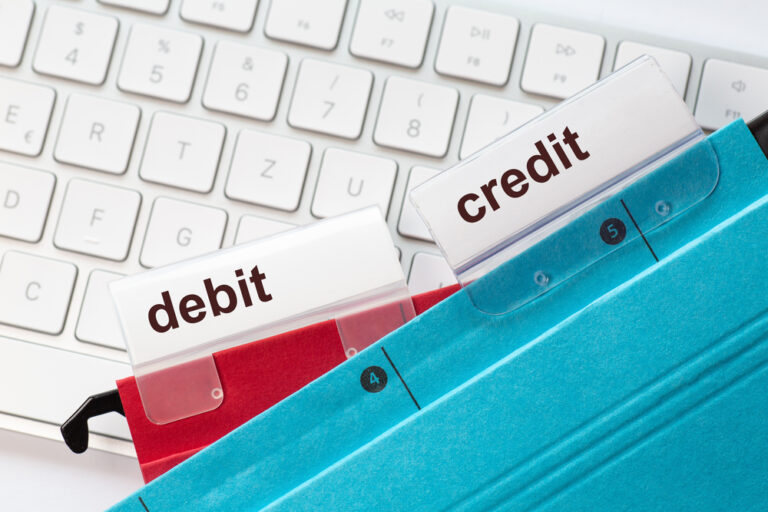Recover More Revenue with Effective Rebuttal Letters

If you’re composing a chargeback rebuttal letter to a bank, a couple of things have already happened to get you there. A customer disputed a purchase with their bank, claiming fraud, that they actually made. Though their bank charged the purchase back, you have proof that the transaction was legit, and you are taking action to reclaim that revenue. Welcome to the world of representment, where your success or failure hinges on said rebuttal letter. Rebuttals are a very important revenue recovery tool, so let’s make sure you’re doing it right.
HOW TO WRITE A CHARGEBACK REBUTTAL LETTER
Your rebuttal letter is a summary of your argument against a chargeback; it is commonly compared to a cover letter to a resumé. You explain why you believe the chargeback is unwarranted and point out the evidence that proves this. It’s the first thing that the staff deciding your case will read, and here is what they should see right away at the top:
- The chargeback reason code.
- The transaction amount and authorization number (ARN.)
- A no-nonsense summary of evidence that proves transaction is legit.
Let’s say you got a Visa chargeback with reason code 13.1: goods not received. You’ll put that reason code, the transaction amount and authorization number, and state that the chargeback is wrong because there is a delivery confirmation to the cardholder’s address on page 2 of this letter. You might continue to add the product was subsequently registered by the cardholder, and provide that on page 3 of your letter. That’s really it: identify the transaction, the chargeback reason, and all the evidence that proves your case.
Rebuttal letters should follow the “reverse pyramid” format used by journalists: information is presented in order of importance. Once you’ve lead with the most convincing data, follow up with some helpful contextual information as well. Even if it’s not your most compelling evidence to validate your transaction, you should always include the following information in your letter:
- Merchant name and location
- Transaction date
- Merchant location/website
- Description of goods or services
- Payment Card last 4 and card brand
- Transaction amount, with applicable transaction currency symbol
- Authorization code (ARN number)
- Cardholder signature, if applicable
- Return/refund policy
WHEN TO WRITE A CHARGEBACK REBUTTAL LETTER
Anytime you get a chargeback where you have proof it was unwarranted, you should re-present the transaction with a chargeback rebuttal. This should always be your course of action when dealing with friendly fraud chargebacks. Friendly fraud means the purchase was made by the cardholder, and they either forgot about the purchase or they’re trying to pull a fast one on you. Either way, it’s your revenue. NEVER let these cases slide.
WHO YOU’RE WRITING TO
Like all letters, consider your audience. Your chargeback rebuttal letter is submitted to your acquiring bank, but ultimately goes before the card-issuing bank that initiated the chargeback. The issuer will decide whether to overturn the chargeback or let it stand.
The person reviewing your letter is reading dozens of these letters every day — make their life easier! You don’t need to go into any details that do not support your case. Get right to the point, and point right to the evidence they need to overturn the chargeback.
WHAT EVIDENCE YOU’RE LOOKING FOR
Every transaction leaves a trail of evidence that you can submit to prove your sale was legitimate. What’s most effective will vary depending on the merchant, product and circumstances. However, there are some general examples of highly effective evidence you can provide:
- Delivery Confirmations: As mentioned before, this is the dagger to the heart of any “Product not delivered” chargeback, especially when the delivery address matches the billing address.
- Matching IP Addresses: Likewise, if the ordering IP address matches with the cardholder’s address, your case is looking very convincing to the bank.
- Customer Service Logs: Keep a log for all contacts with their number, email and/or IP address. If the customer called you at any point, or logs in to their account or to access your products, you can show that as evidence of purchase.
- Purchase History: Friendly fraud is often committed by existing customers. If the cardholder has purchased from you in the past, this helps your case, so point it out.
- Consistent Device IDs: You can capture ordering device ID from the metadata of any visitor to your online point-of-sale. If that device is consistent with other undisputed purchases, the issuer can see that, so include it in your letter.
CONCLUSION
The chargeback rebuttal letter is your ticket to revenue recovery. If you suspect a chargeback is unwarranted, in any way whatsoever, you should re-present the transaction with a rebuttal. These letters should be clear and concise, wasting no time to point right to the evidence that proves your case.
With ChargebackHelp Plus, rebuttal letters are a cinch! Our Recover module features a representment wizard that compiles all of your transaction data automatically. You can customize each letter, optimize templates from previous successful submissions, and never have to track down transaction data again. We put it all together for you. If you want to recover more revenue from friendly fraud, contact us today. Send us an email, call us at 1.800.975.9905 or contact us here.






